Cameras, just like cars, watches, and a lot of consumer products, can be roughly divided into two types.
The first type is a product that works great, and sells great. Toyota Corolla would be an example. A very solid product, highly reliable, everything works as you expected it would be. But at the same time driving a Corolla would probably not get you excited as it lacks a bit of wow factor, in other words, it’s boring.
The second type is something that has that special wow factor. Maybe it has an attractive or just really unique design. Maybe it has an unique feature. The product isn’t necessarily perfect and quite often it’s not be the most logical decision to buy one as it usually comes with a premium price tag. But then you would still want to buy one regardless as it’s a product that you would keep thinking about.
The camera I’m reviewing this time is definitely of the second type. It’s a camera that I really want even when I don’t know much about it. I just love the aesthetic of the camera, it’s so beautiful. The name of the camera is Nikon 35Ti.
The Nikon 35Ti is a premium compact film camera that was made in 1990s. 35 represents it’s 35mm lens and Ti refers to it’s Titanium body. The metal body camera feels solid and at 350g, it’s not really that heavy but it feels dense in the hand.
The Nikon 35Ti has a little brother 28Ti which was born approximately one year later than the 35Ti. The two cameras are mostly identical apart from the colour (28Ti is black), the lens (28Ti is of course 28mm) and the 28Ti has a better flash switch mechanism (more about that later). I had a 28Ti for a short period of time and quite like it too. Unfortunately my 28Ti had some issues with the viewfinder so in the end I had to send it back to the seller.
The camera has one control dial at the thumb position which is big and easy to use. However I can’t say the same thing about the buttons on the camera as I feel they are all a bit too small and hard to press. Look at the bright side, you will never press any of the button by mistake. The boxy shape body doesn’t have a proper extruded grip but at least the leatherette covering make the camera not too slippery and you won’t drop the camera easily.
The biggest talking point about the Nikon 35Ti (or 28Ti) is defintely the large analog dials cluster at the top of the cameras. I believe the official name is Nikon Analog Display System and it displays almost all the important shooting information including the auto/manual focus distance, aperture value, current frame count and also the exposure compensation value. The only information missing is the shutter speed and the flash indicator which are both displayed in the viewfinder.
From a purely functional point of view, having all these shooting information displayed at the top of the camera doesn’t make too much sense, as you really can’t see any of them when you are taking photos. But does it really matter for a camera like this? Probably not, because the dials are absolutely gorgeous. I bet a lot of people bought the 35Ti because of that.
35Ti’s viewfinder is small but is very nice, clear and with minimal distortion. The viewfinder displays parallax compensation frameline but there are only three set of them. The first set is for closest focus distance from 0.4m (minimum focus distance) to 0.55m. The next set is for distance from 0.55m to 1.2m. The last set is for anything further than 1.2m. Don’t expect you can get very accurate framing but I don’t find it a problem at all. There are also additional framelines for panorama mode, a feature that I’ve never used myself. I never use the panorama mode because 35Ti’s panorama mode doesn’t really allow you to shoot wider using wider film, instead, it just covers up the top and bottom of the frame.
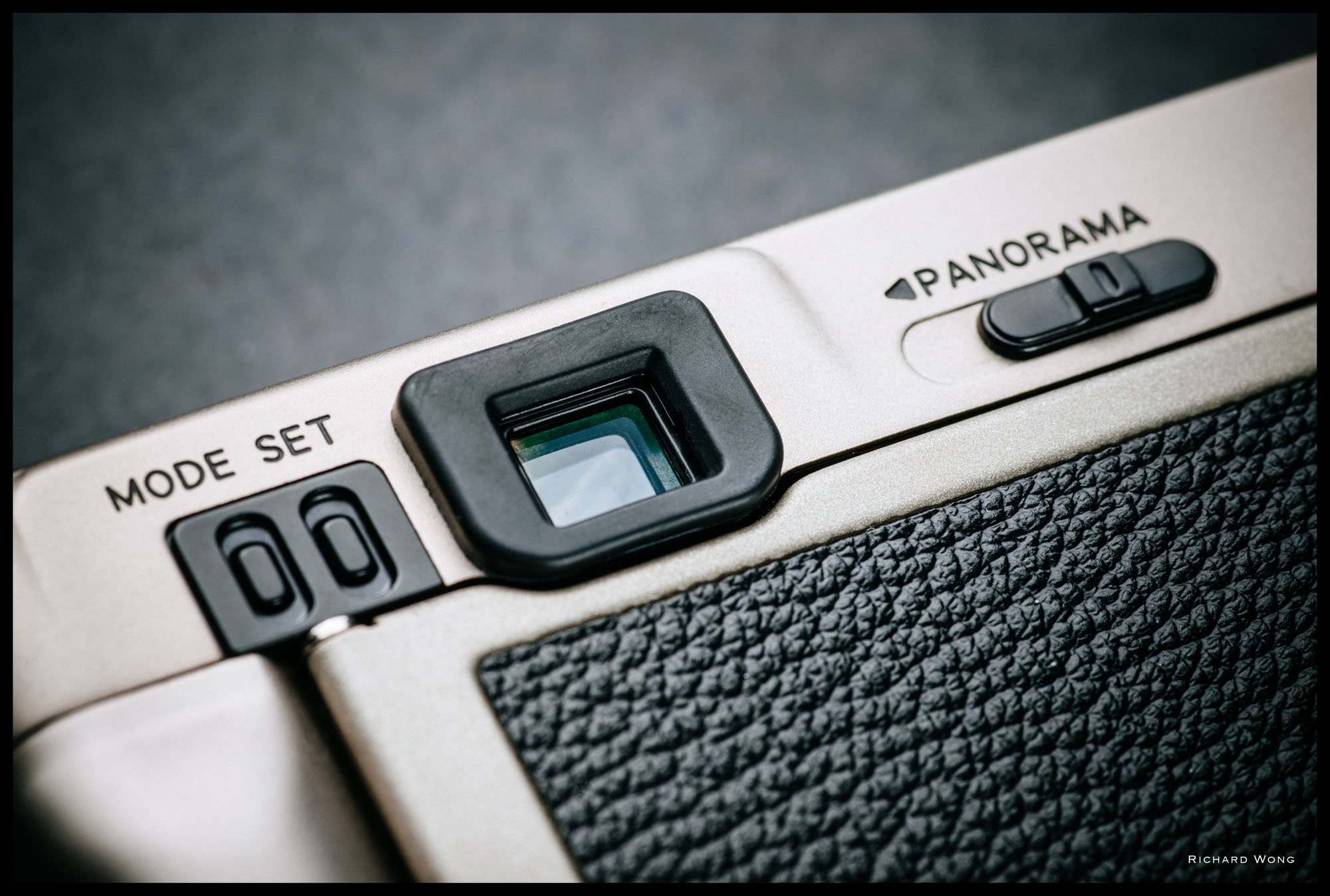 The mode and set buttons can be used to set the time/clock, but it’s also the gateway to the semi-hidden custom function menu
The mode and set buttons can be used to set the time/clock, but it’s also the gateway to the semi-hidden custom function menu
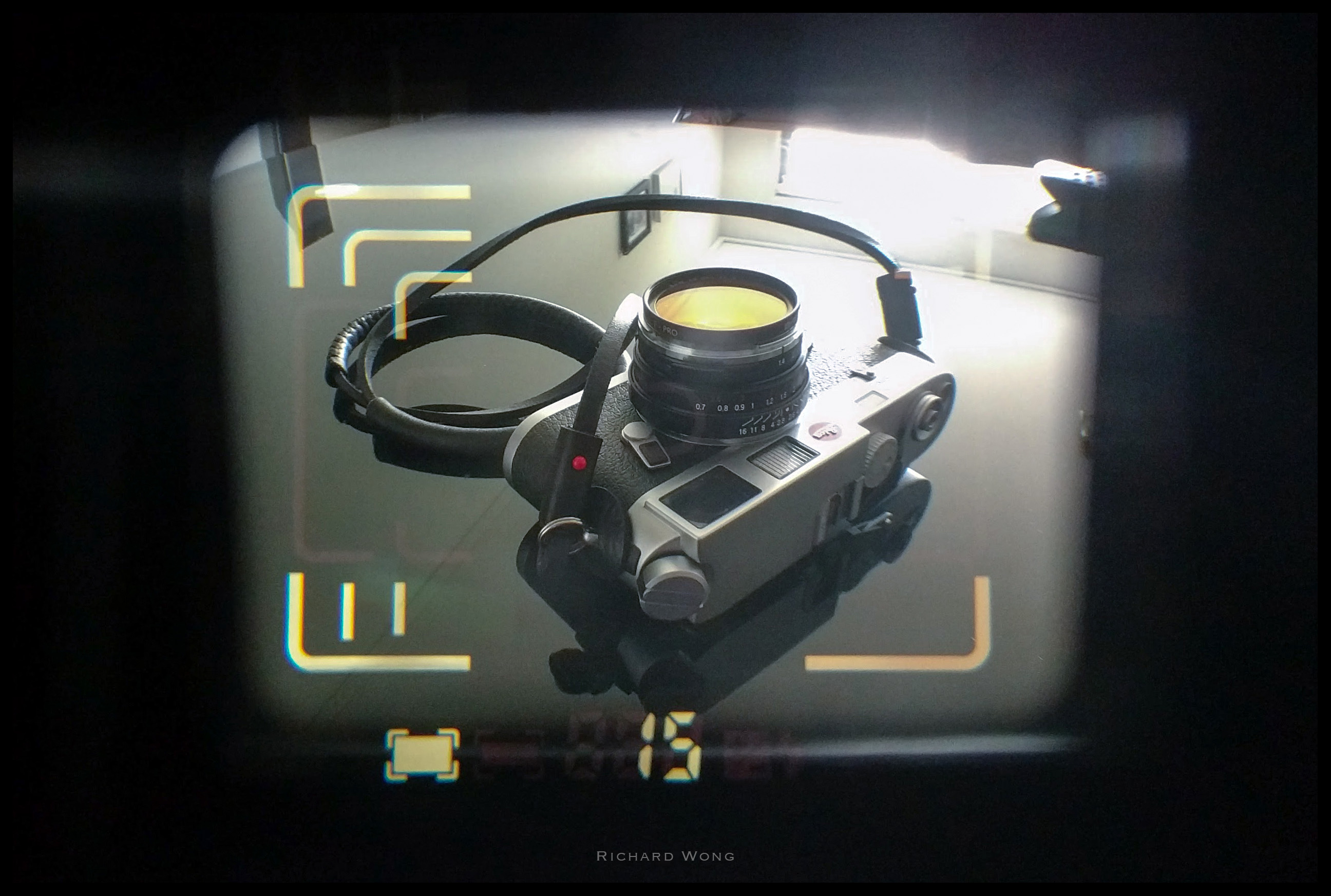 When focusing close distance object, you see all the three framelines
When focusing close distance object, you see all the three framelines
Shutter speed, exposure compensation indicator and flash indicator can all be seen inside the viewfinder. If you want the camera to display aperture value instead of shutter speed, you can do that through the custom menu. I will talk about the custom menu a bit more later.
There are three shooting modes you can choose from. The common “A” for aperture priority and “P” for Program Auto/Flexible Program mode. Unfortunately there is no full manual mode and instead there is a “T” mode which stands for Long Time Exposure. In the “T” mode, you press the shutter once to start the exposure and press again to finish the exposure.
You can apply exposure compensation from -2 to +2 EV in 1/3 steps. Since the camera has automatic DX code reader but no way for you to set the film speed manually and there is no full manual shooting mode, you have to use exposure compensation if you want to push or pull the film speed.
 The small and slightly recessed buttons at the top are a bit hard to reach
The small and slightly recessed buttons at the top are a bit hard to reach
The 35Ti has a single point infra-red autofocus system. Not surprisingly there is no continuous focus mode or anything fancy. Autofocus is not exactly quiet and the autofocus speed is not too fast either. But the camera seems to be able to lock onto the target successfully and 833 steps autofocus system seems to be very accurate as well. Out of the dozen rolls of film I took using the 35Ti, I think there maybe only one or two photo that was not focused correctly. The success rate is much better than most other autofocus compact film camera I’ve used so far.
I normally don’t bother with manual focus when shooting with compact cameras be it film or digital. But with the Nikon 35Ti, quite often I would pre-focus manually when doing street photography as manual focus is fast and easy with this camera. Just press and hold the AF button, turn the main control dial and check the large analog dial at the top of the camera until the needle points to your preferred focus distance.
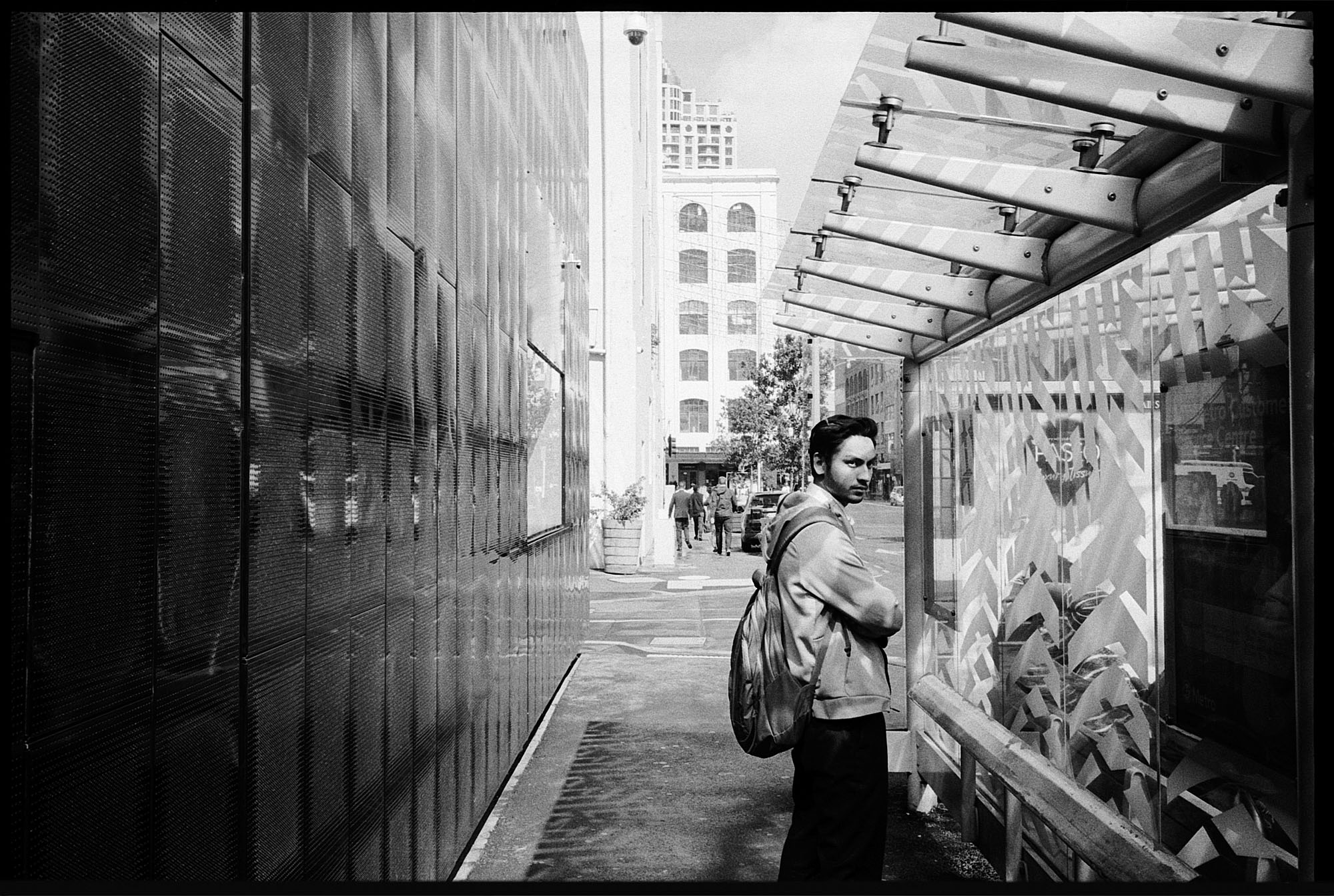 Nikon 35Ti | Kodak Ilford HP5+
Nikon 35Ti | Kodak Ilford HP5+
Pre-focus, Point and Shoot.
While most compact cameras back in the day has a simple spot metering or centre weighted metering system, the 35Ti has the famous Nikon 3D matrix metering system. It is only 6 segment so a bit primitive when compared with the latest Nikon DSLR, but it’s basically the same matrix metering system that determine the correct exposure using the colour, brightness as well as autofocus information. Because of that, I almost never have any massively under or overexposed photo. And if you prefer the more primitive centre weighted metering? Yes you can choose it in the custom menu.
The Nikon 35Ti has a built-in flash. The camera flash turns on automatically when there is insufficient light. There are two buttons at the front of the camera that allows you to force the flash off or on. And a red eye reduction mode that can be turned on/off by a seperate switch at the side of the camera. While it sounds great on paper, there are two problems when using it in real life.
Firstly, when you press the flash on/off button, it only applies to the current photo. So, if you are taking landscape photo in the evening, then you’ll have to press the “flash off” button for every single photo you are taking. (There is a way to turn flash off permanently by default, which is exactly what I’ve done to my 35Ti. But it’s not the perfect solution and I’ll talk about it later in this review)
Secondly, as I’ve mentioned near the start of this review, the buttons on the cameras are all quite small and the flash on/off buttons are the worst and they are just tiny and hard to press! I just can’t press either of those buttons when I have the camera in shooting position and instead I have to take the camera away from my eyes, press the button then pull the camera back to shooting position.
I’m guessing a lot of people have complained about that as well as the 28Ti which was released the year after has a new flash control switch which allows user to turn on/off flash a lot easier. I’ve even seen modified 35Ti which has new flash switch from the 28Ti.
Anyway, the flash control design is my biggest complaint about the camera. The built-in flash itself is actually very useful and the result is pretty decent as well. When I was planning my Australia trip last year, I want to bring a compact film camera and at first I wanted to bring my Konica Hexar AF camera because it’s got a faster 35mm f/2 lens and it’s also very quiet so it’s great for street photography. But in the end I picked the 35Ti instead because it has a built-in flash which proved to be very useful when there isn’t much ambient light.
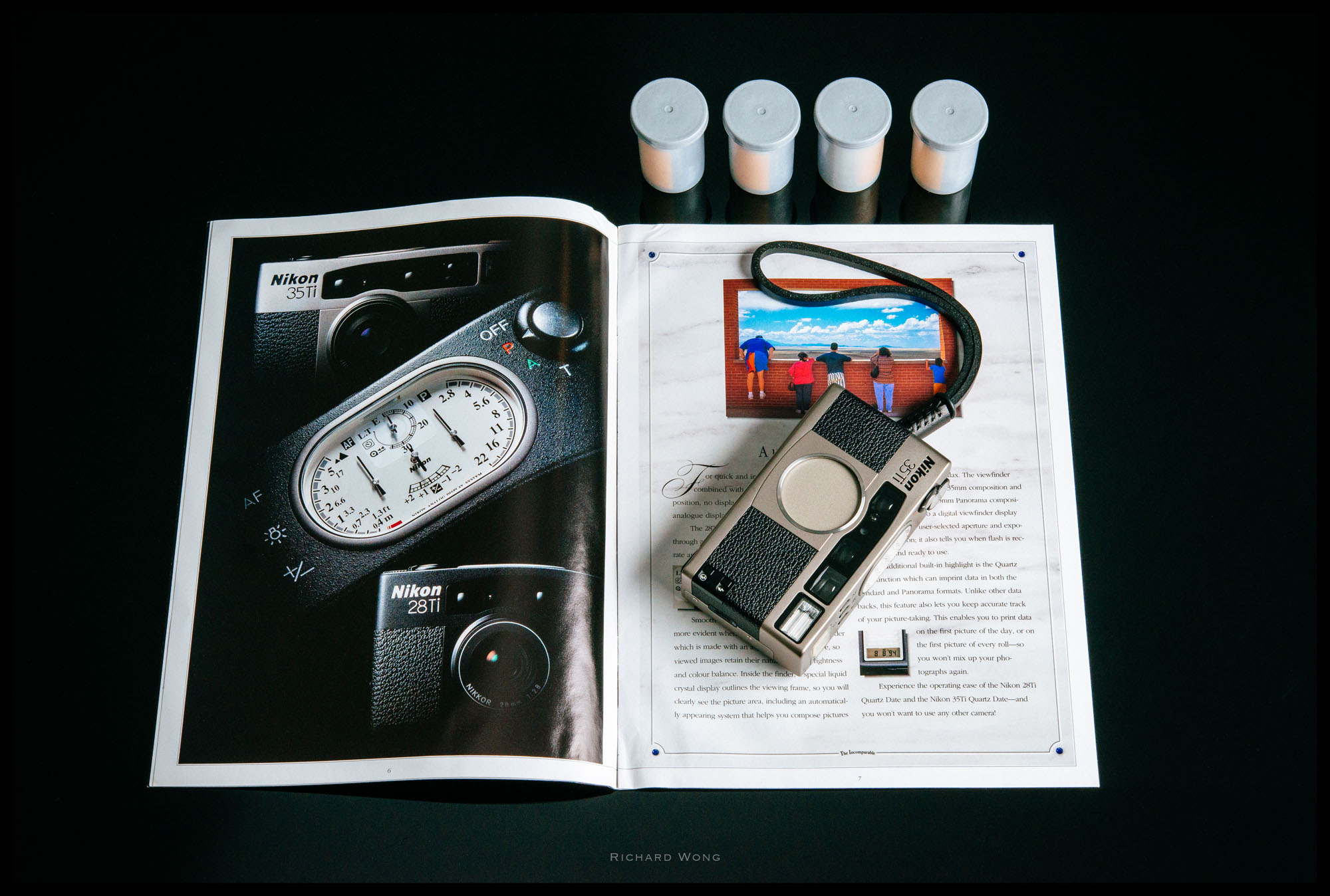 The Twins – Nikon 28Ti and 35Ti (Special Thanks to Benjamin Lau for the brochure)
The Twins – Nikon 28Ti and 35Ti (Special Thanks to Benjamin Lau for the brochure)
35Ti’s shutter speed is from 1/500 sec. down to 2 sec. (If you switch to long time exposure mode (“T”), the exposure time can be up to maximum 10 minutes.) While 1/500s sound pretty good for a compact film camera, this shutter speed is only achievable when you are in “P” mode and shooting with small aperture. If you are shooting in “A” mode, the fastest shutter speed is only 1/250s even if you manually select small aperture.
The Nikkor 35mm f/2.8 lens is fantastic and sharp, especially the centre of the frame. While the extreme corner is slightly soft it is still not too bad. There isn’t much distortion and I don’t really see any nasty chromatic aberration either.
Thanks to Nikon’s Integrated optical coating, lens flare and contrast are both maintained at pretty good level even when the sun is in the frame. With the 28Ti, I noticed some strong vignetting in a lot of my photos, but this is much better with the 35Ti. Not saying there is no vignetting but it’s not very noticeable in most of the photos.
The retractable lens doesn’t have a filter thread so you can’t use filter on the 35Ti. With the slow maximum shutter speed and not being able to use any ND filter, you would be shooting at small aperture when shooting during the day.
While most similar cameras have minimum aperture of f/16, the 35Ti’s minimal aperture is a bit smaller at f/22.
When shooting at large aperture, out of focus area is rendered beautifully and bokeh is never distracting.
For a compact camera from the 1990s, the 35Ti is surprisingly customisable through it’s semi hidden custom function menu. I said it’s “semi” hidden because it’s something well documented in the user manual. But if you don’t read the user manual, you probably never know such a menu exist and even if you do, you won’t figure out how to activate and change the settings without following the instructions.
Basically, you have to press and hold the little “Set” button at the back of the camera, then turn the camera to “P” mode. The LCD screen will then display “00 0 00”. And to adjust some of the settings, you then have to press the “set” and “mode” buttons following the custom function number table in the user manual. To be fair, it is not that hard once you figured it all out and have the user manual with you. But the first time when I tried to change a setting in the menu, it took me almost 10 minutes before I managed to change the auto flash mode from default to flash cancel mode. There are a lot of things you can customise through this menu, for example, you can set the exposure metering mode to Center-Weighted instead of Matrix Metering. Or display the aperture value instead of shutter speed in the viewfinder LCD.
I guess I’m really spoiled by digital cameras which have large LCD screen with easy to understand graphical menu system. The 35Ti’s custom menu really discourages me from using it. I would like to change the flash mode between default and flash cancel frequently as each mode is more suitable for taking some certain kind of photos. Not to mention if you set the camera to flash cancel, then the display illumination is also disabled by default as well. Is it because i’m just too lazy to memorise the custom setting number and button sequence? I wonder if people felt the same way back in the days when the camera was just released?
The Nikon 35Ti and it’s twin brother 28Ti are probably the best film compact camera from Nikon, but when people talk about the best 35mm compact film camera, the Nikon 35Ti rarely make the top of the list. I wish the 35Ti has the improved flash control from the Nikon 28Ti, I wish I could use the 1/500s shutter speed when shooting at aperture priority mode and I wish using the camera’s custom menu is a bit easier to use as right now changing a setting feels like I’m trying to hack into a bank’s computer system. But for some reason, I found myself keep coming back to this camera when I want to use a compact film camera.
Maybe it’s because I just love it’s aesthetic style so much and enjoy watching the analog dials in action when I’m changing the camera settings? Or maybe I’m just a Nikon fanboy so love to shoot with a piece of Nikon history? I don’t know and I guess it doesn’t really matter. The most important thing is I love shooting with this camera and the photos never disappoint me.
Reviewer: Richard Wong
Richard is a multi-award winning wedding/portrait photographer based in Auckland, New Zealand. Richard’s website is www.photobyrichard.com
If you like my review, please follow me on Facebook 🙂
https://www.facebook.com/ReviewByRichard
All photos and text Copyright© 2017 www.photobyrichard.com. All photos and text may not be copied or reproduced in any format without obtaining written permissions
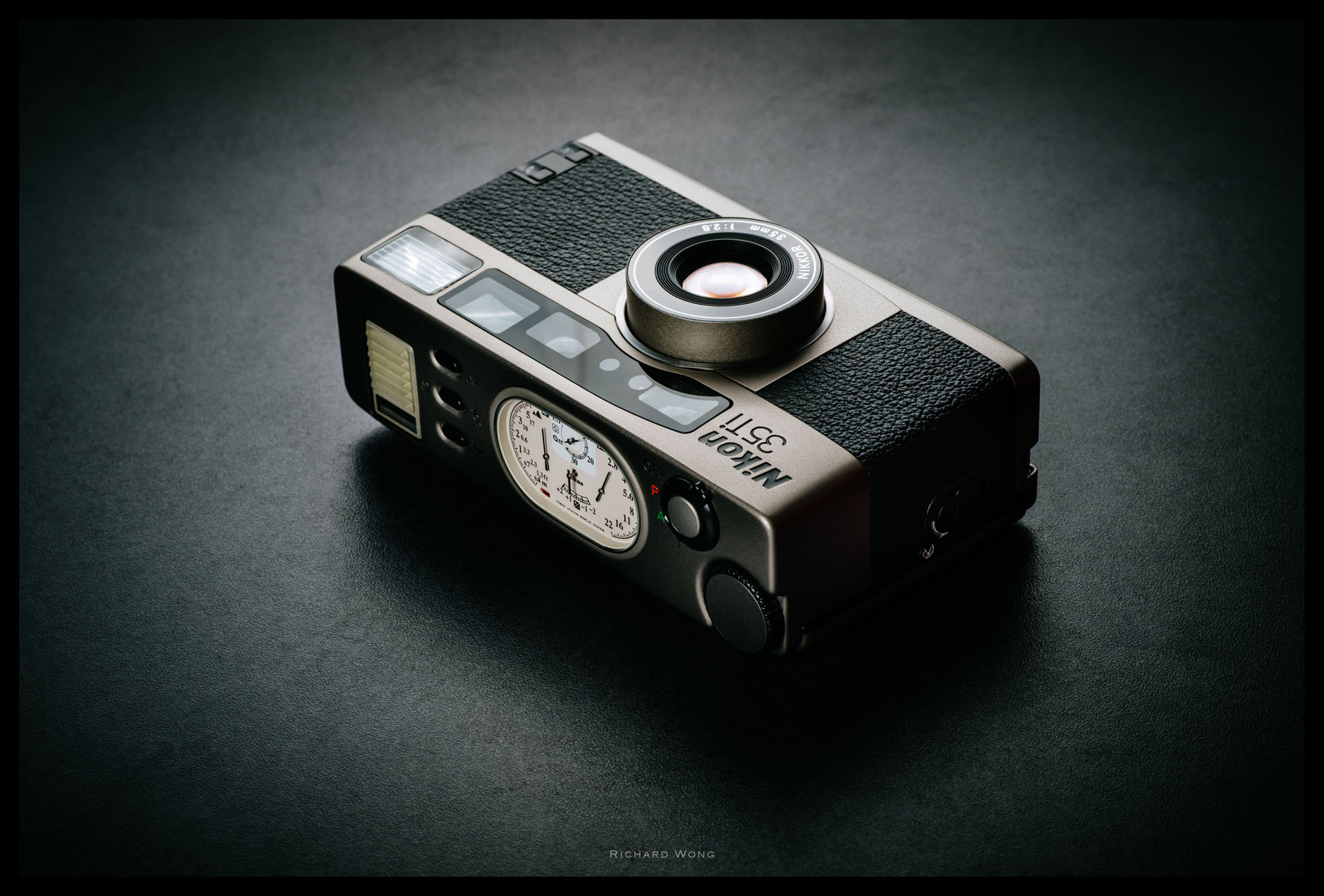
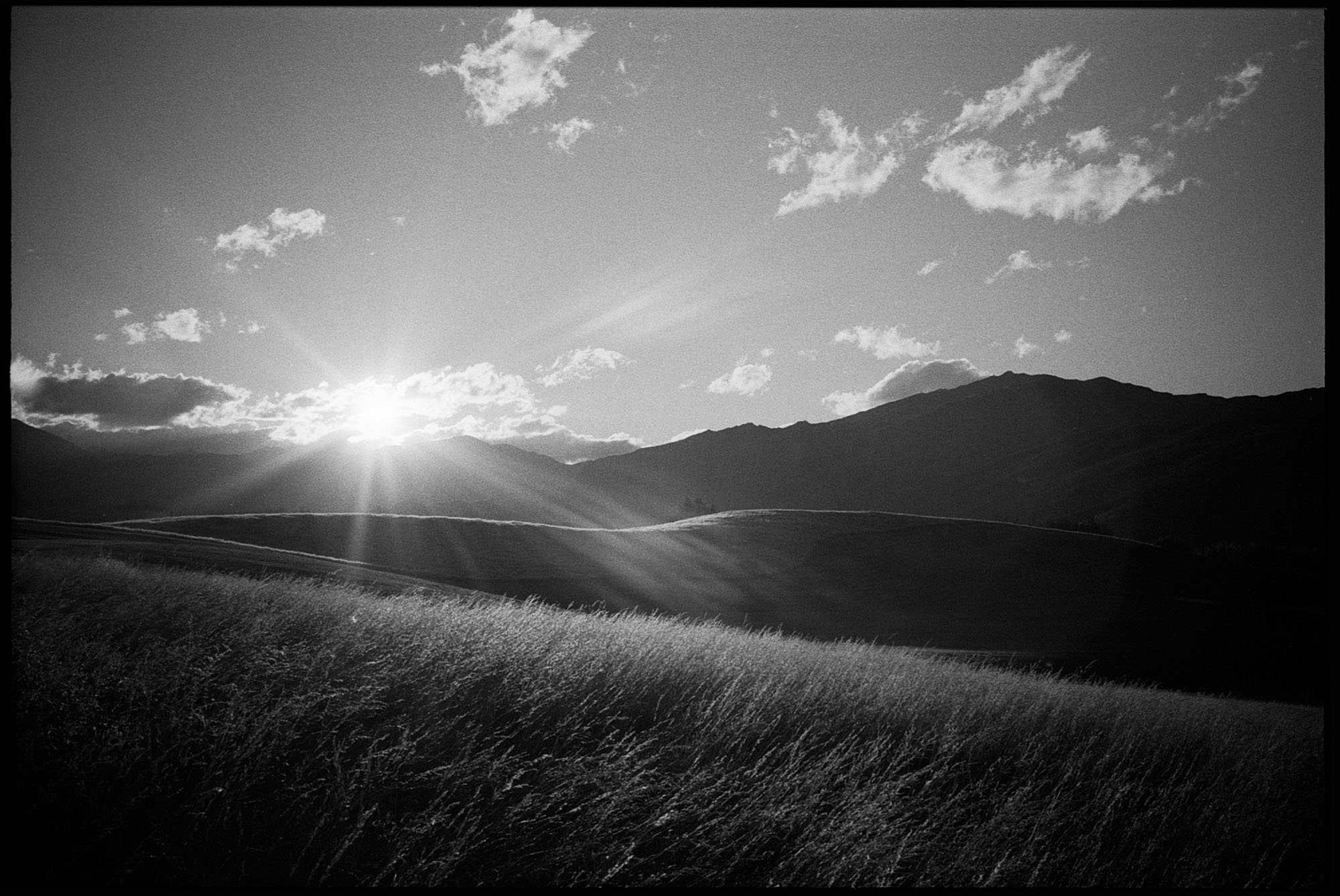
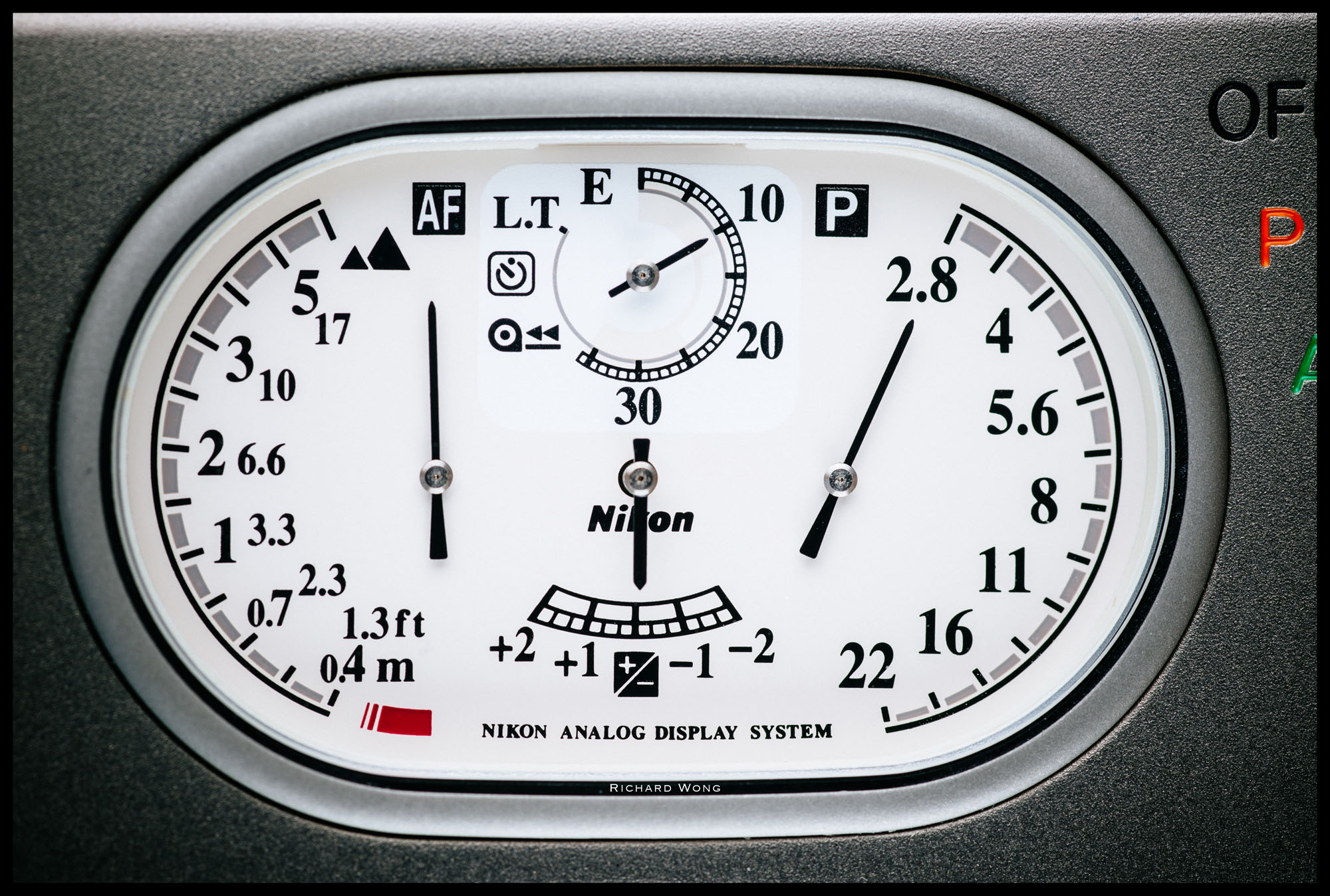
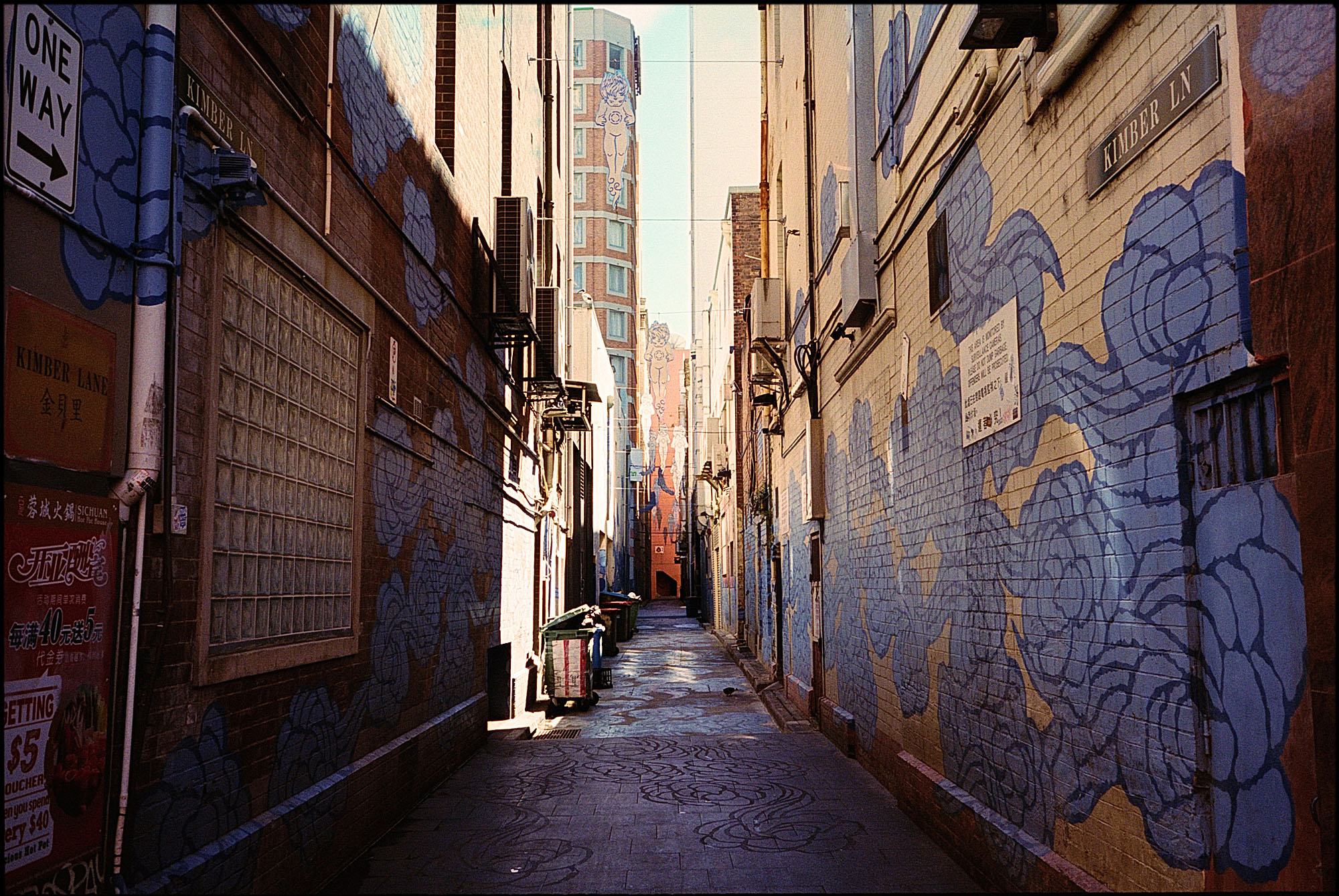

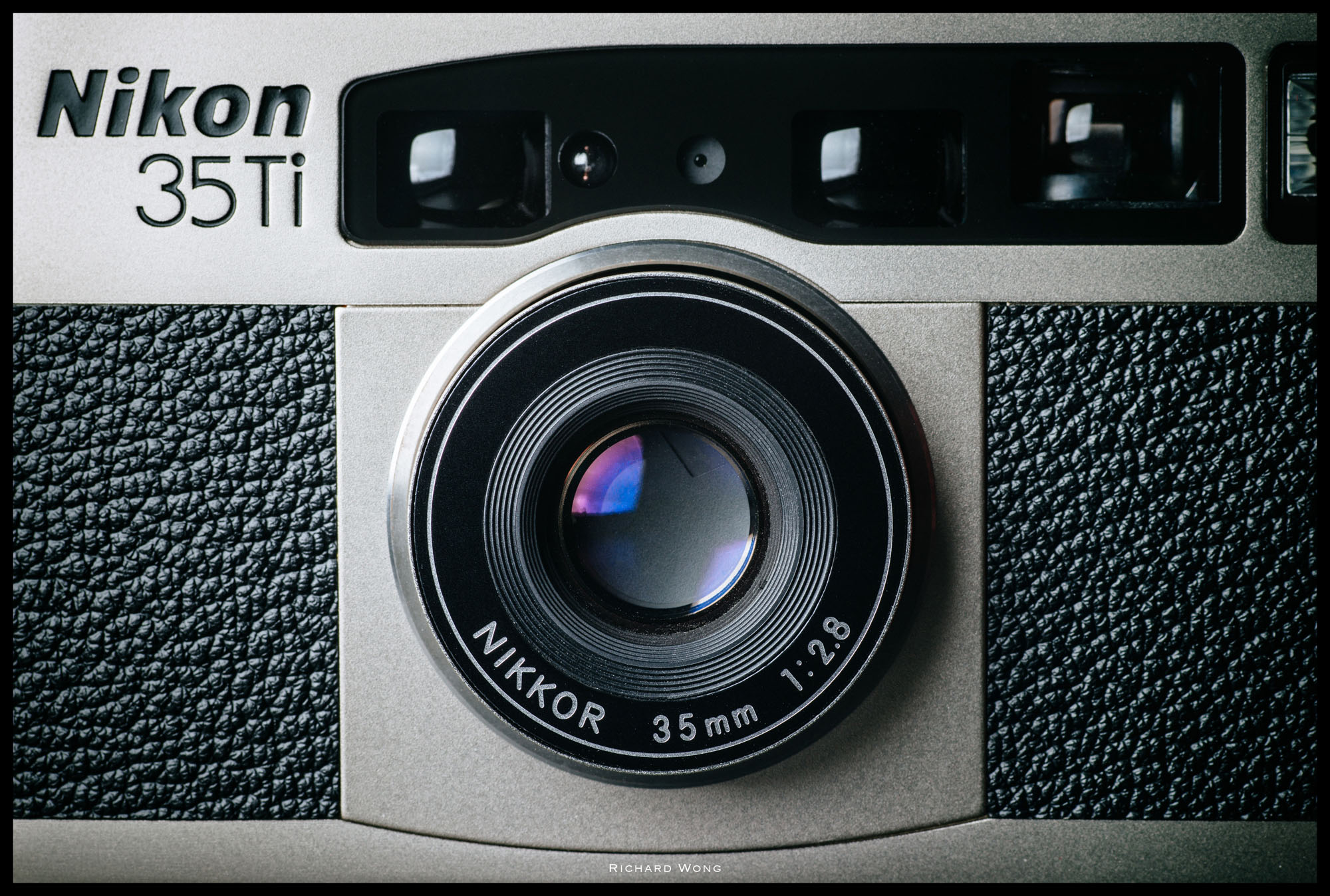
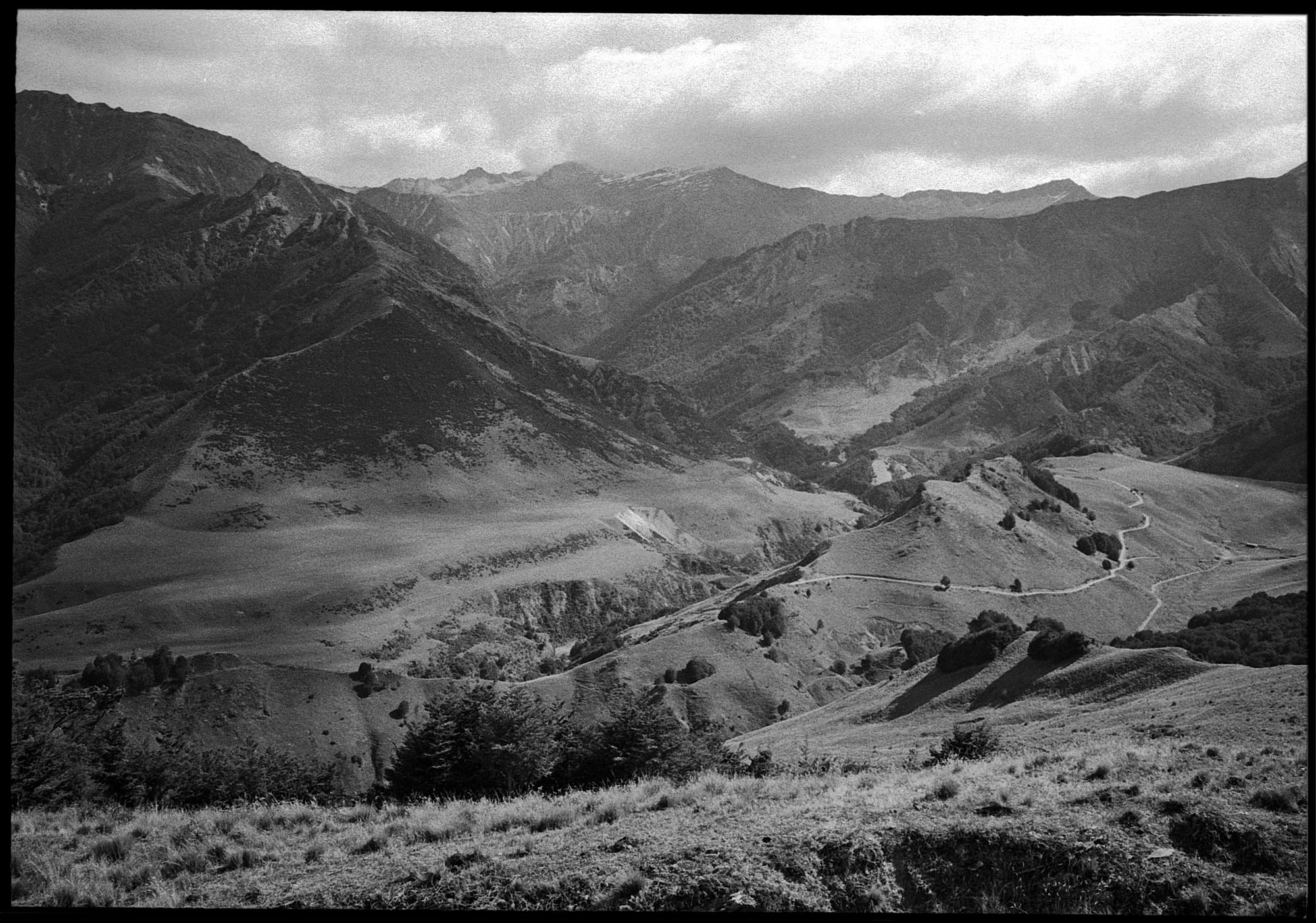




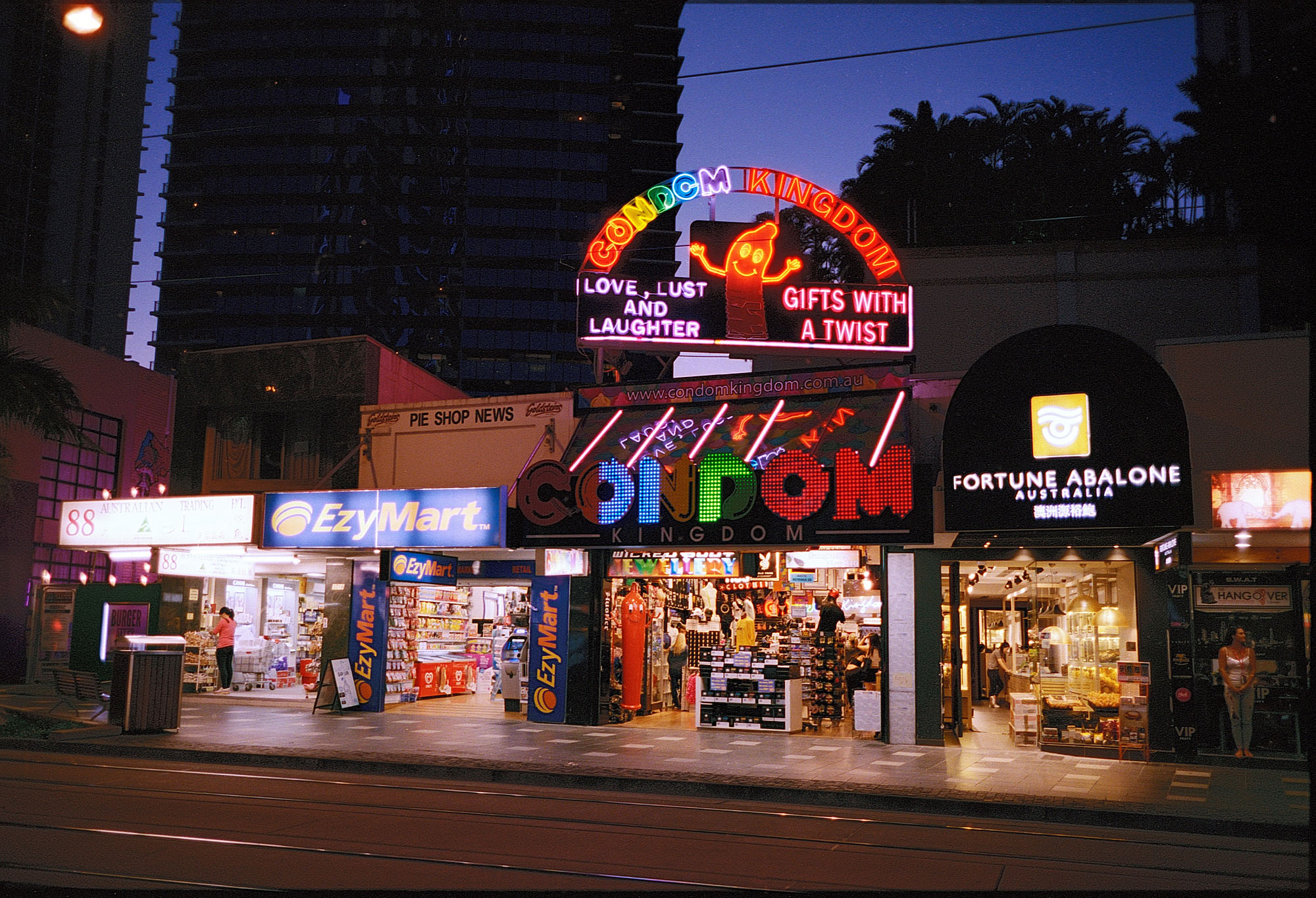
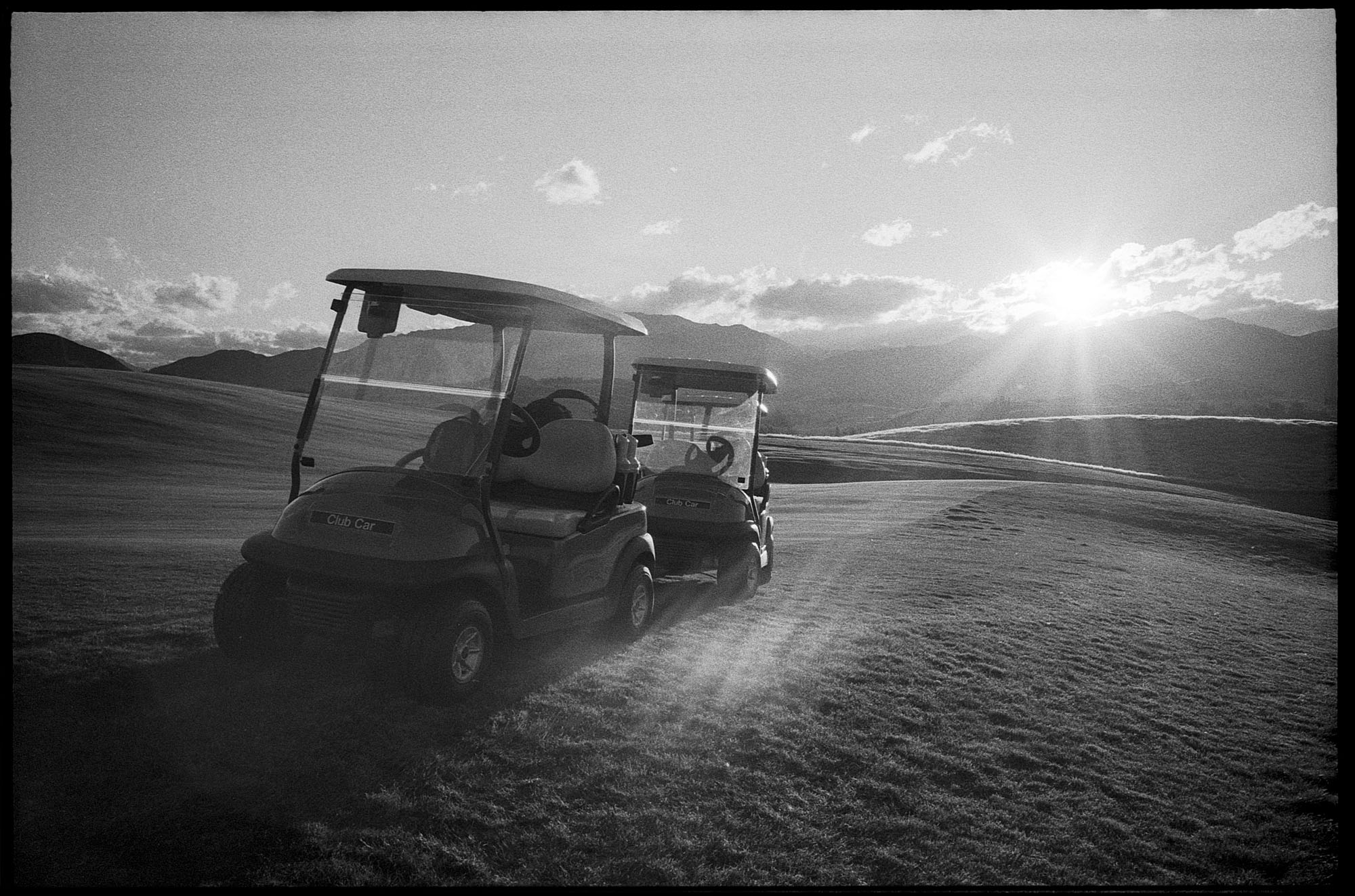
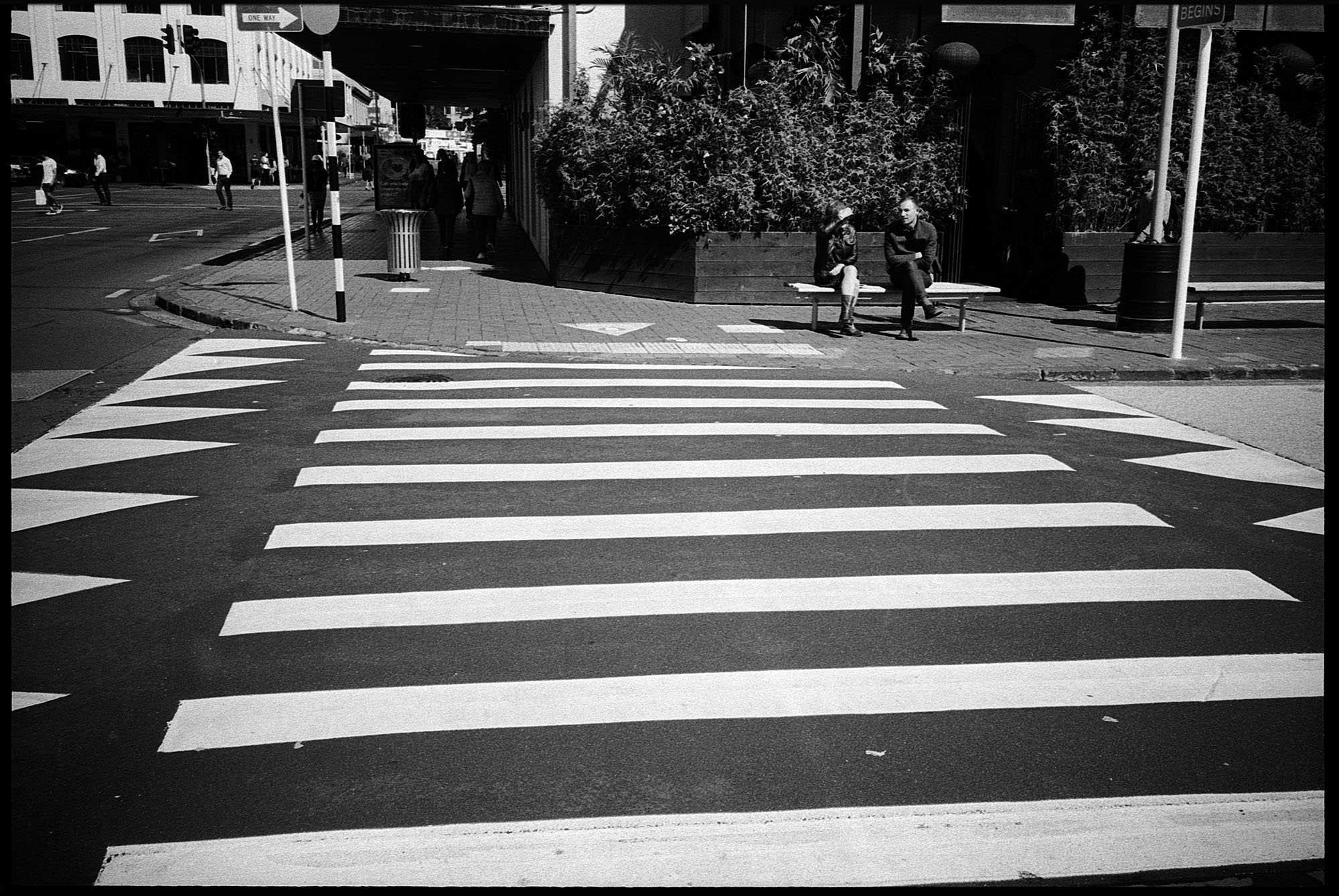
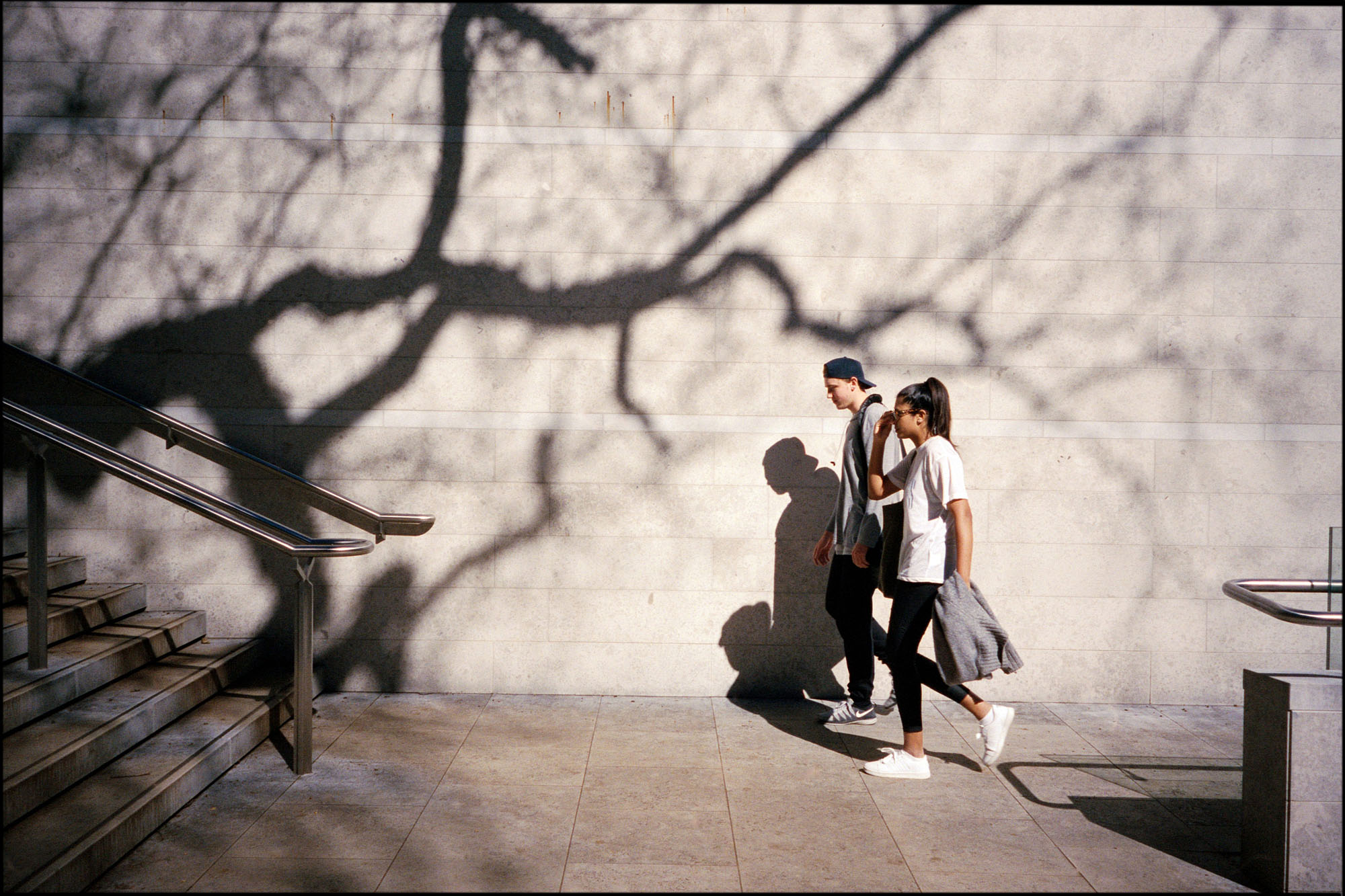
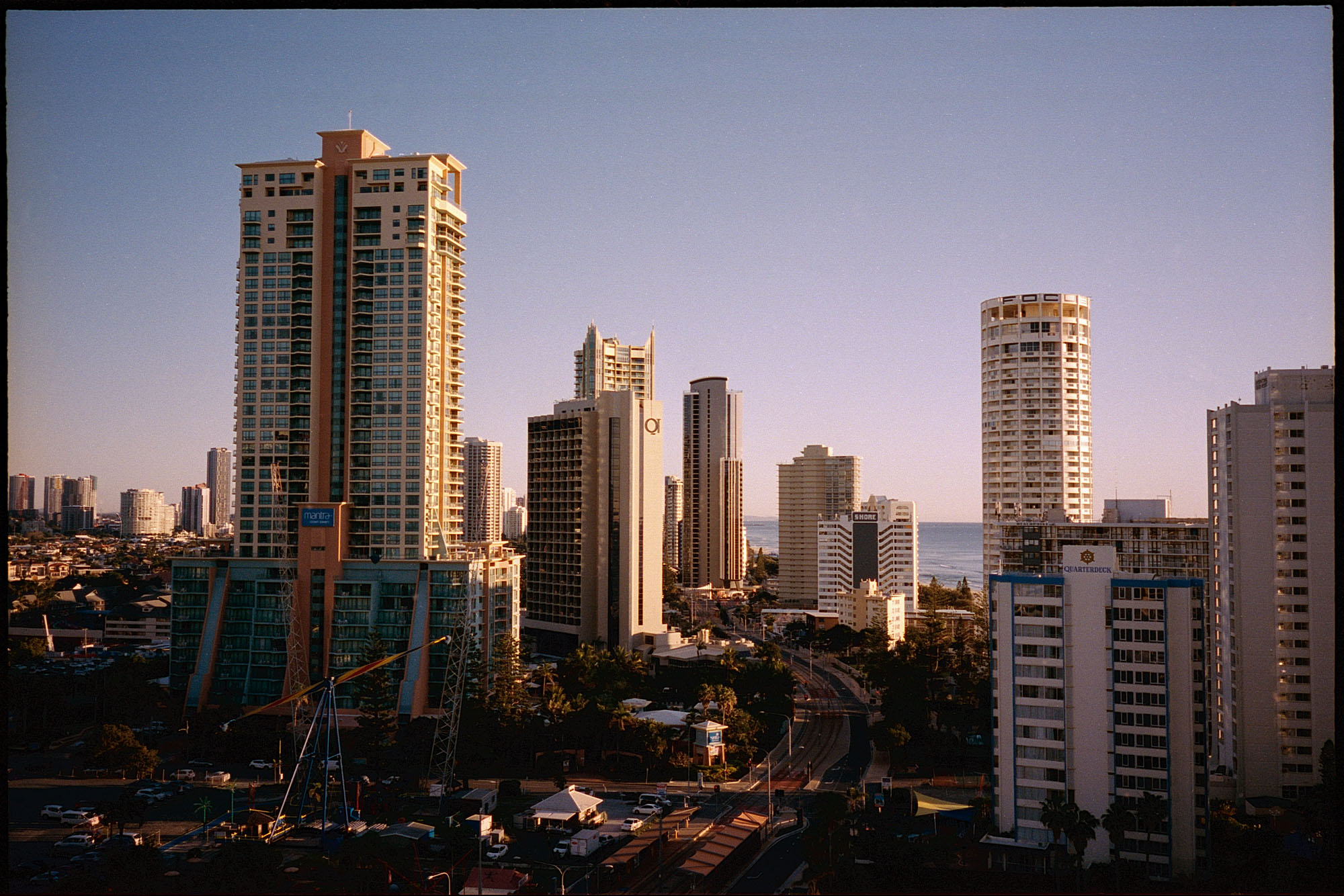
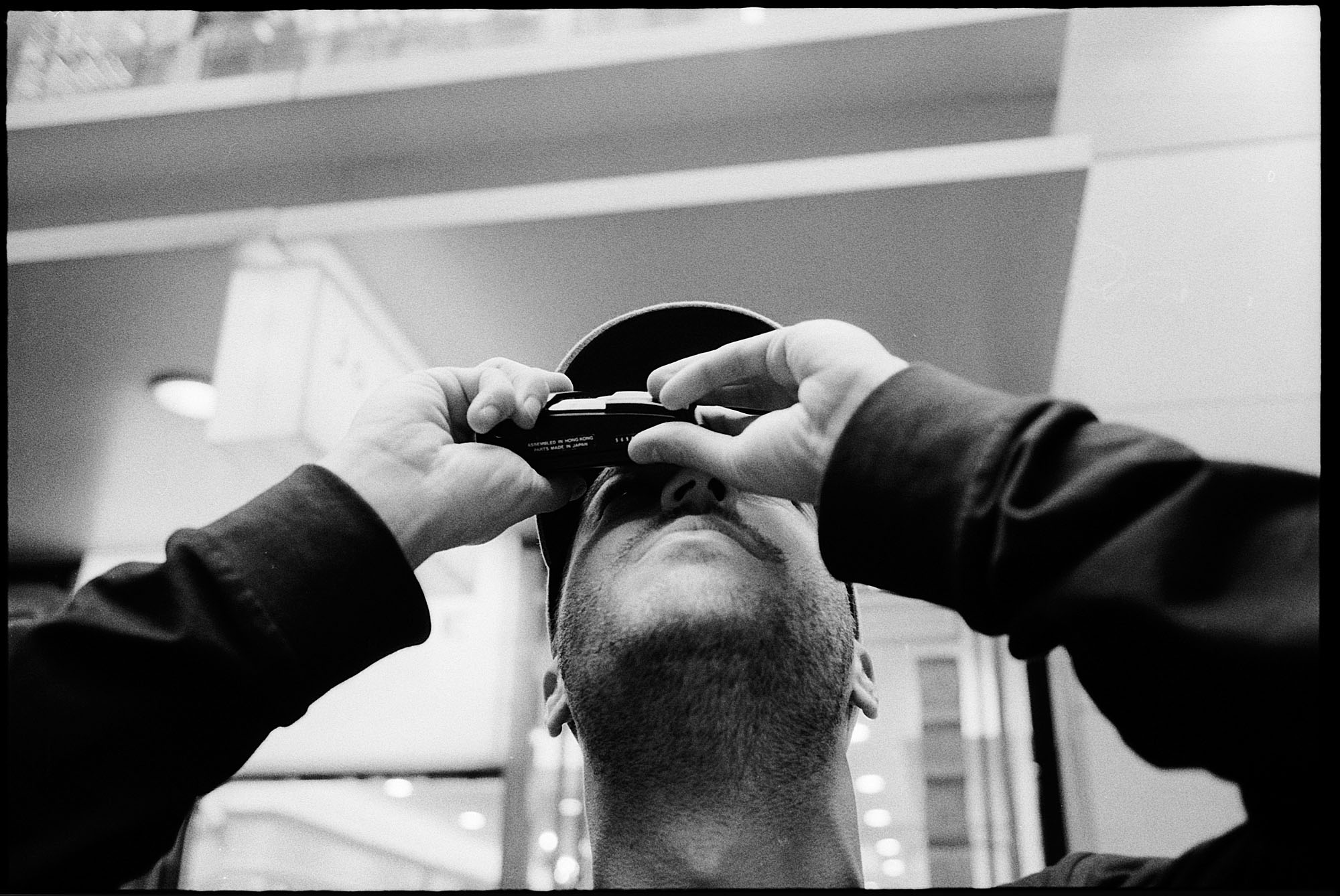
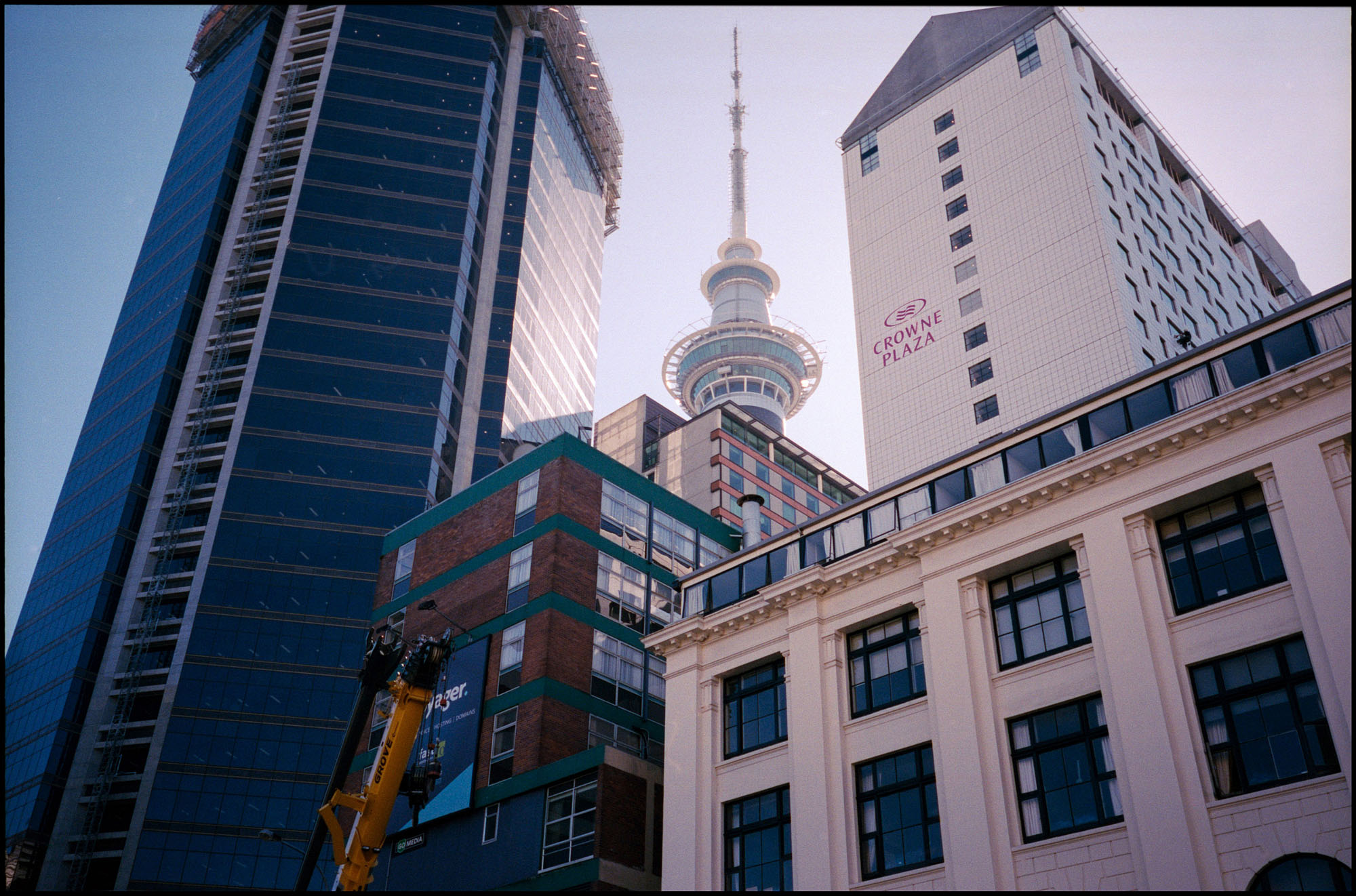
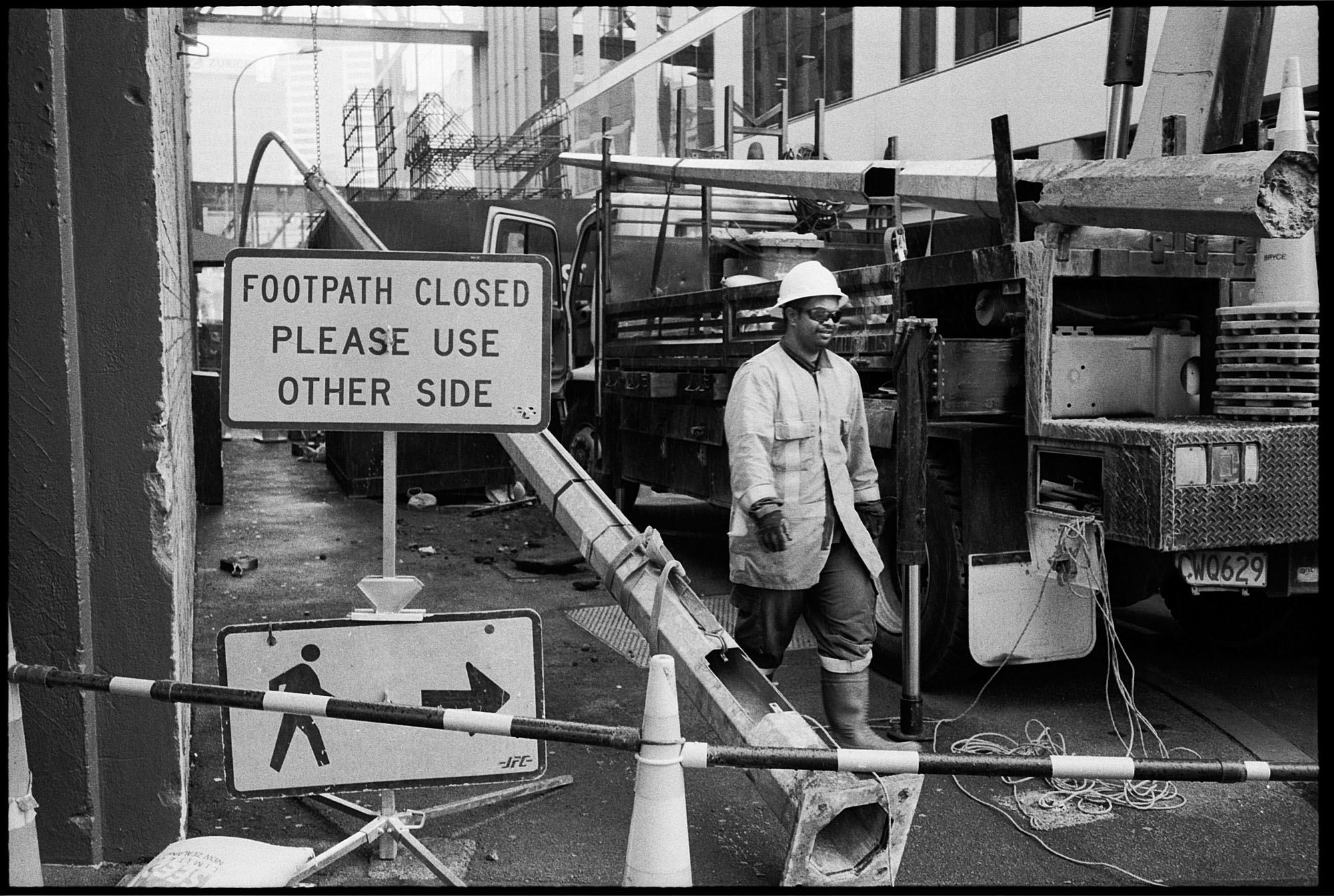
Comments are closed.